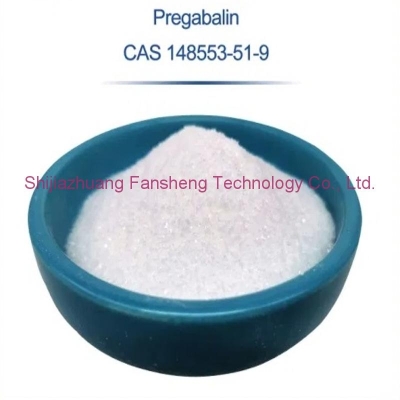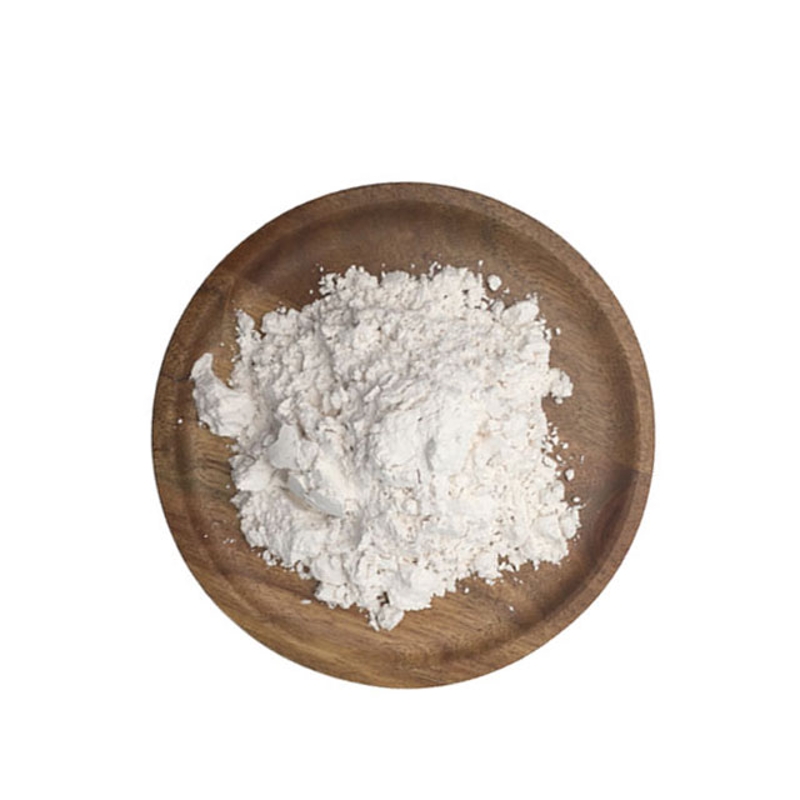-
Categories
-
Pharmaceutical Intermediates
-
Active Pharmaceutical Ingredients
-
Food Additives
- Industrial Coatings
- Agrochemicals
- Dyes and Pigments
- Surfactant
- Flavors and Fragrances
- Chemical Reagents
- Catalyst and Auxiliary
- Natural Products
- Inorganic Chemistry
-
Organic Chemistry
-
Biochemical Engineering
- Analytical Chemistry
- Cosmetic Ingredient
-
Pharmaceutical Intermediates
Promotion
ECHEMI Mall
Wholesale
Weekly Price
Exhibition
News
-
Trade Service
Cardiovascular autonomic failure is a common non-motor characteristic of Parkinson's disease.
hypotension (OH) is its signature, mainly characterized by a continuous drop in blood pressure within 3 minutes of standing.
OH typically manifests it as recurrent fainting and erect impatiance (dizziness, blurred vision, trembling while standing), which has a significant impact on the daily lives of PD patients.
studies have found that OH increases the risk of falls in people with Parkinson's disease, while other studies have not.
suggests that the burden of symptoms of cardiovascular autologic nerve failure in PD patients may be related to other factors.
addition to the classic OH (cOH), there is also transient OH (tOH), which shows a significant drop in blood pressure after OH standing, but recovers within 30 seconds.
it manifests it as short-lived, severe dizziness and blurred vision, which is an unrecoced cause of fainting in young people.
blood pressure is not stabilized back to the baseline within 30 seconds of standing, a phenomenon known as delayed blood pressure recovery, which occurs in up to 30 percent of older adults and is associated with falls, erect impatiance, and weakness.
Alessandra Fanciulli of the University of Innsbruck in Austria and others assessed the frequency of transient hypotension (tOH) and its effects on Parkinson's disease (PD) in 173 PD patients and 173 controls in retrospective studies, and they were tested for cardiovascular autonomy under continuous noninvasive blood pressure monitoring.
first screened people who had systolic pressure drop ≥20mmhg or 20mmhg or 20mmhg≥) after standing, and returned to normal within 1 minute, i.e. tOH.
also screened the classic OH, i.e. systolic pressure drop ≥20mmhg or 20mmhg or 20mmhg≥ and within 3 minutes blood pressure returned to normal.
for Parkinson's patients, they also reviewed medical records for six months before and after autologous neurotests of falls, fainting and erect impedance.
results showed that 24 percent of PD patients and 21 percent of control groups had tOH, while 19 percent of PD patients had cOH, while the control group did not have cOH, which was independent of clinical demographics or PD specificity.
40 percent of Parkinson's patients have a history of falls, 29 percent of which are due to fainting.
Parkinson's patients with a history of erect impatiance and fainting had a more severe decline in systolic blood pressure when standing, and a more pronounced decrease in esophageomy, most notably in the first 30-60 seconds.
significance of this study is the discovery that tOH is an age-dependent phenomenon, at least as common as cOH.
at the bedside may ignore a temporary drop in blood pressure in a vertical position, but in people with Parkinson's disease, this can lead to erect impatiance and fainting.
blood pressure monitoring while standing may help to understand fainting-related falls in Parkinson's patients.







